Top 7 Most Popular Winter Festivals Around the World
Share the magic of discovering joyful traditions that bring warmth to the winter season- the season with heartfelt greetings!
by Collectors Abode | Uploaded December 12, 2024

We, the Collectors Abode Team, independently review everything we recommend. If you buy anything through our links,
we may earn a commission. Learn more ›
Winter festivals bring people together in a season of reflection and joy. Across the world, cultures celebrate this magical time with traditions that honor their history and values. The glowing lights of Christmas, the fiery parades of Hogmanay, the lantern festivals of East Asia, and the music-filled streets of Carnival bring warmth to even the coldest days. Festive feasts, storytelling, gift sharing, and traditional dances are also essential parts of these celebrations, creating lasting memories.
Winter festivals also highlight the comfort of home and the bond of family. These celebrations have grown into cherished traditions that continue to thrive. This article covers seven winter festivals, each with deep cultural significance, along with meaningful ways to embrace their spirit in your own celebrations.
1. Christmas
A Global Celebration of Joy and Giving
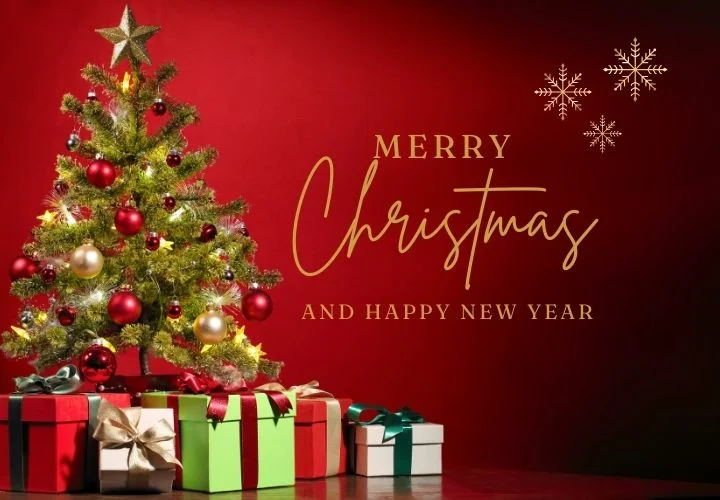
Christmas, celebrated on December 25th, began as a Christian holiday marking the birth of Jesus Christ. Over time, it has evolved into a global tradition that blends religious observance with cultural festivities.
Key Christmas traditions include decorating trees, exchanging gifts and greeting cards, attending church services, and enjoying festive meals. Streets and homes are illuminated with sparkling lights, and children eagerly await Santa Claus, inspired by St. Nicholas, to deliver gifts.
A unique feature of Christmas is its adaptability to local customs. In Germany, traditional Christmas markets offer mulled wine and handcrafted gifts, while in Japan, indulging in a festive KFC meal has become an unexpected tradition.
2. Hanukkah
The Festival of Lights and Resilience
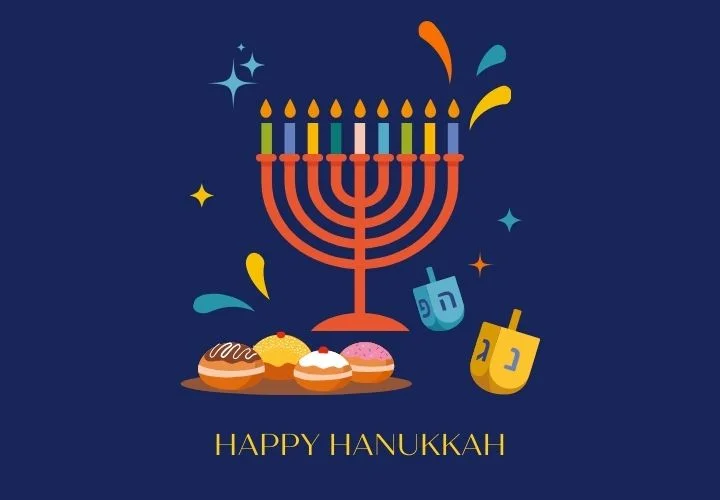
triumph of light over darkness
Hanukkah, known as the Festival of Lights, commemorates the miracle of the oil that burned for eight days during the rededication of the Second Temple in Jerusalem. This Jewish festival celebrates hope and resilience in the face of adversity.
Families celebrate by lighting the menorah, adding one candle each night while reciting blessings. Popular traditions include playing dreidel, a spinning-top game, and enjoying fried foods like latkes and sufganiyot (jelly-filled donuts), which symbolize the miracle of the oil.
While not as religiously significant as other Jewish holidays, Hanukkah holds deep cultural importance. It offers inspiration through themes of perseverance and light during the darkest time of the year.
3. Lunar New Year
Welcoming Prosperity and Family Reunions

bringing energy and good luck
The Lunar New Year, celebrated across East Asia, marks the beginning of the lunar calendar. Rooted in ancient traditions, this festival honors ancestors and seeks blessings for prosperity in the coming year.
Families gather for elaborate meals, and children receive red envelopes (hongbao) filled with money as tokens of luck. Vibrant dragon and lion dances bring energy to the streets, and homes are decorated with red banners to symbolize good fortune.
A unique aspect of the Lunar New Year is the zodiac connection, where each year is associated with one of 12 animals. The celebrations last 15 days, ending with the dazzling Lantern Festival, which lights up the night sky.
4. Kwanzaa
Honoring African Heritage and Unity
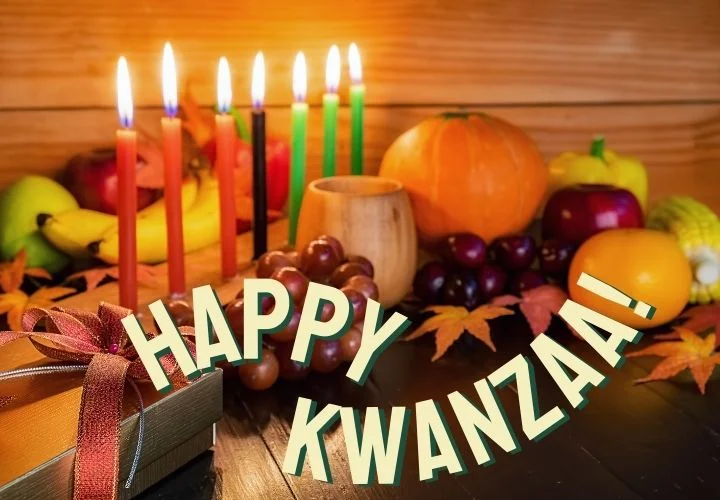
Kwanzaa, first celebrated in 1966, was conceived by Dr. Maulanga Karenga to honor African heritage and culture. The name derives from the Swahili phrase matunda ya kwanza, meaning “first fruits,” symbolizing renewal and communal betterment.
Participants celebrate over seven days by lighting the kinara, which holds seven candles representing the Seven Principles: Unity (Umoja), Self-Determination (Kujichagulia), Collective Work and Responsibility (Ujima), Cooperative Economics (Ujamaa), Purpose (Nia), Creativity (Kuumba), and Faith (Imani). Homes are decorated in black, red, and green, and fruits and vegetables are procured to honor the theme of abundance.
Kwanzaa’s spirit of renewal encourages acts of kindness and reflection. In Dr. Karenga’s words, the holiday reminds us to “walk gently, act justly, and relate righteously in the world—for the world and all that is in it.”
5. Winter Solstice
Celebrating Light Amidst Darkness

The Winter Solstice, occurring around December 21-22, marks the shortest day and longest night of the year. For centuries, it has symbolized the turning point toward brighter days, celebrated through themes of renewal and warmth.
In China, the Dongzhi Festival unites families over meals of warm dumplings, symbolizing reunion. In Pagan traditions, Yule rituals include lighting candles, decorating with evergreens, and decluttering homes as a cleansing practice. These acts emphasize the renewal of both physical spaces and mental clarity.
The modern celebration of the Winter Solstice includes gatherings at places like Stonehenge, where people witness the sunrise and embrace a sense of hope for the season ahead. Decluttering your home and smudging with sage are ways to capture the Solstice spirit.
6. New Year’s Eve
A Global Countdown to New Beginnings
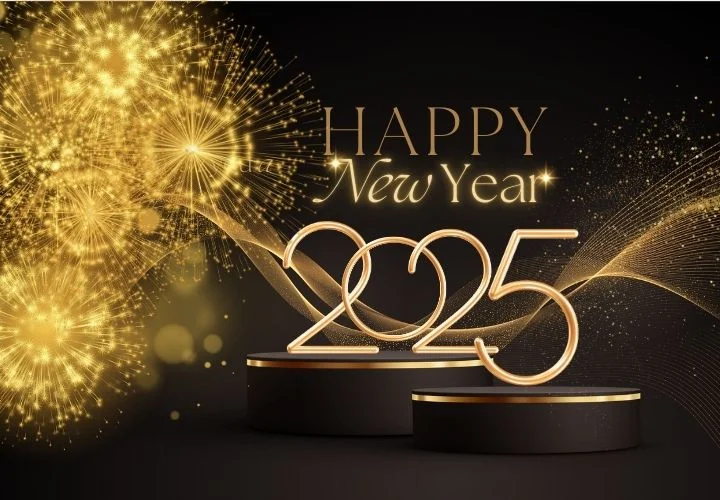
New Year’s Eve is a universal celebration, bidding farewell to the old year and welcoming the new. Its origins trace back to ancient Rome, where the Julian calendar established January 1st as the start of the year.
Traditions vary widely. In Spain, people eat 12 grapes at midnight for good luck, while in Denmark, smashing plates symbolizes clearing away negativity. Fireworks, countdowns, and parties create a festive atmosphere worldwide.
Sydney, Australia, is among the first to celebrate, with breathtaking fireworks over the harbor. This global celebration of unity inspires hope and optimism for the year ahead.
7. Hogmanay
Scotland’s Fiery New Year Tradition
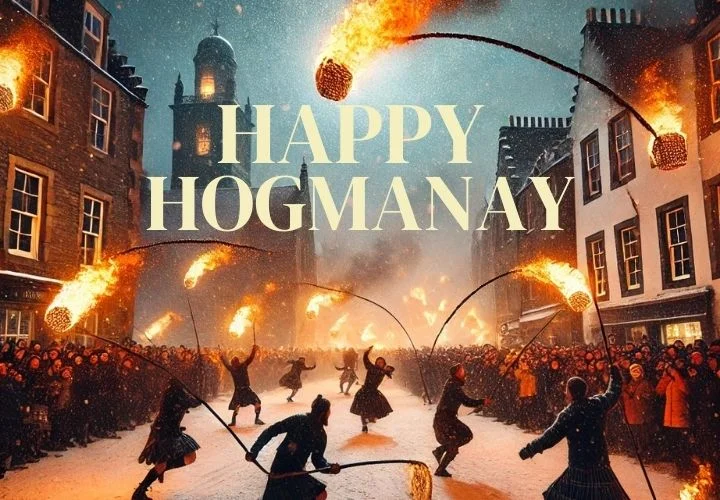
Scotland’s Hogmanay celebrations
Hogmanay, Scotland’s grand New Year celebration, has Viking roots steeped in fire and festivity. It is one of the most dramatic ways to welcome the new year.
Torchlight processions light up the streets, and the tradition of first footing—where the first visitor of the year brings luck—is a cherished custom. Celebrations often include singing “Auld Lang Syne,” penned by Scottish poet Robert Burns.
The highlight of Hogmanay is the Stonehaven Fireballs Festival, where locals swing blazing fireballs to ward off evil spirits and bring good fortune for the year ahead.
Conclusion
Winter festivals showcase the beauty of cultural diversity and the universal spirit of celebration. From the warm glow of Hanukkah candles to the fiery parades of Hogmanay, these traditions inspire hope, joy, and togetherness. Even in the darkest days of winter, we can find light and connection through shared rituals. Let these celebrations remind you to embrace the season, foster renewal, and create meaningful traditions in your own life.
FAQ
- Q: Which winter festival is the most widely celebrated?
A: Christmas is the most widely celebrated winter festival, observed in over 160 countries. - Q: How long is the Lunar New Year celebrated?
A: Lunar New Year festivities last for 15 days, ending with the Lantern Festival. - Q: What does Kwanzaa represent?
A: Kwanzaa celebrates African heritage and family values, focusing on principles like unity and creativity. - Q: How is Winter Solstice celebrated?
A: Winter Solstice celebrations include feasting, decluttering homes, lighting candles, and gathering to welcome brighter days ahead. - Q: What makes Hogmanay unique?
A: Hogmanay’s fiery traditions, like the Stonehaven Fireballs Festival, make it one of the most dramatic New Year celebrations.